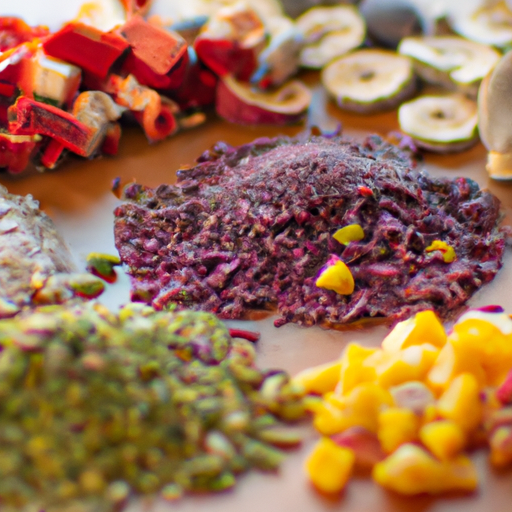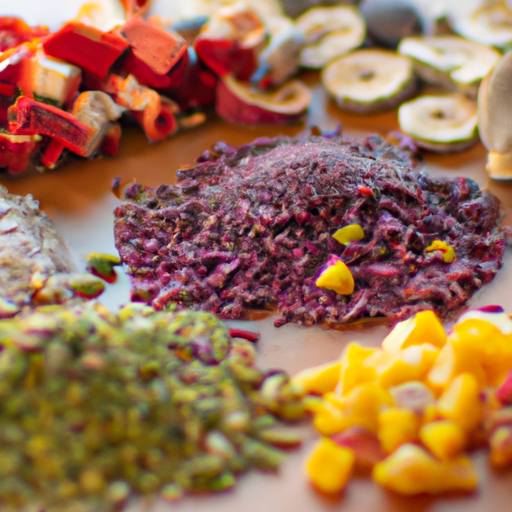
Parrots are captivating companions with their vibrant feathers, playful personalities, and sometimes, impressive vocabularies. However, to keep these feathered friends happy and healthy, a balanced diet is crucial. Striking the right balance between seeds, pellets, and fresh foods can seem daunting, but with a little knowledge and attention, it can be achieved seamlessly.
Seeds have long been a staple in parrot diets, primarily because they’re readily available and parrots seem to love them. However, a diet consisting solely of seeds can lead to various health issues, such as obesity and nutrient deficiencies. Seeds are high in fat and low in essential vitamins and minerals. Therefore, seeds should only make up a small portion of a parrot’s diet, acting more as a treat than a staple food.
Pellets are designed to provide a balanced nutritional profile and can serve as a significant part of a parrot’s diet. These are formulated to include all the necessary vitamins, minerals, and other nutrients required for a parrot’s health. Pellets come in various shapes, sizes, and flavors, ensuring there is something suitable for every parrot. However, not all pellets are created equal; it’s essential to select high-quality pellets free from artificial colors and unnecessary additives.
Fresh foods, including fruits, vegetables, and occasionally cooked grains, play a vital role in a parrot’s diet. These foods provide essential vitamins, minerals, and hydration. Dark leafy greens, carrots, bell peppers, and berries are just a few examples of nutritious options that can be included. It’s important to wash all fresh foods thoroughly and avoid any that are toxic to parrots, such as avocado, chocolate, and caffeine.
Integrating these three components—seeds, pellets, and fresh foods—requires a bit of planning and observation. A typical diet might consist of approximately 60-70% pellets, 20-30% fresh foods, and 10% seeds. Observing your parrot’s preferences and health indicators, such as feather condition and energy levels, can guide adjustments. Each parrot is unique, and what works for one might not be ideal for another.
Remember, variety is the spice of life, even for parrots. Rotating different types of fresh foods and occasionally changing brands or flavors of pellets can keep your parrot interested and enthusiastic about mealtime. This also ensures a broader spectrum of nutrients, contributing to overall health and well-being.
Building a balanced diet for your parrot might require some initial effort, but the rewards are well worth it. A well-fed parrot is more likely to be vibrant, active, and affectionate. By carefully combining seeds, pellets, and fresh foods, you’re setting the stage for a healthy and happy life for your avian companion.


4 Comments
Spot on with these recommendations! I think a lot of new parrot owners don’t realize how crucial variety is for their diet. I’ve been mixing it up with different grains and fruits, and it’s fun to see what they like best each day. 🌽🍇
Great post! I’ve been tweaking my macaw’s diet for months and finding the right balance has been tricky. Fresh foods are a hit but I always worry about not giving enough pellets. Any favorite fruits or veggies your parrots love? 🍎🥦
Thanks for the insights! I never realized how important it is to mix seeds with pellets and fresh food. I’ve been overdoing the seeds a bit 😅. Going to adjust and see how my little guy reacts.
Absolutely loved this article! It’s so important to get that balance right for our feathered friends. I’ve started incorporating more veggies into my parrot’s diet and it’s made such a difference in her energy levels. Keep these tips coming! 🌟🥕